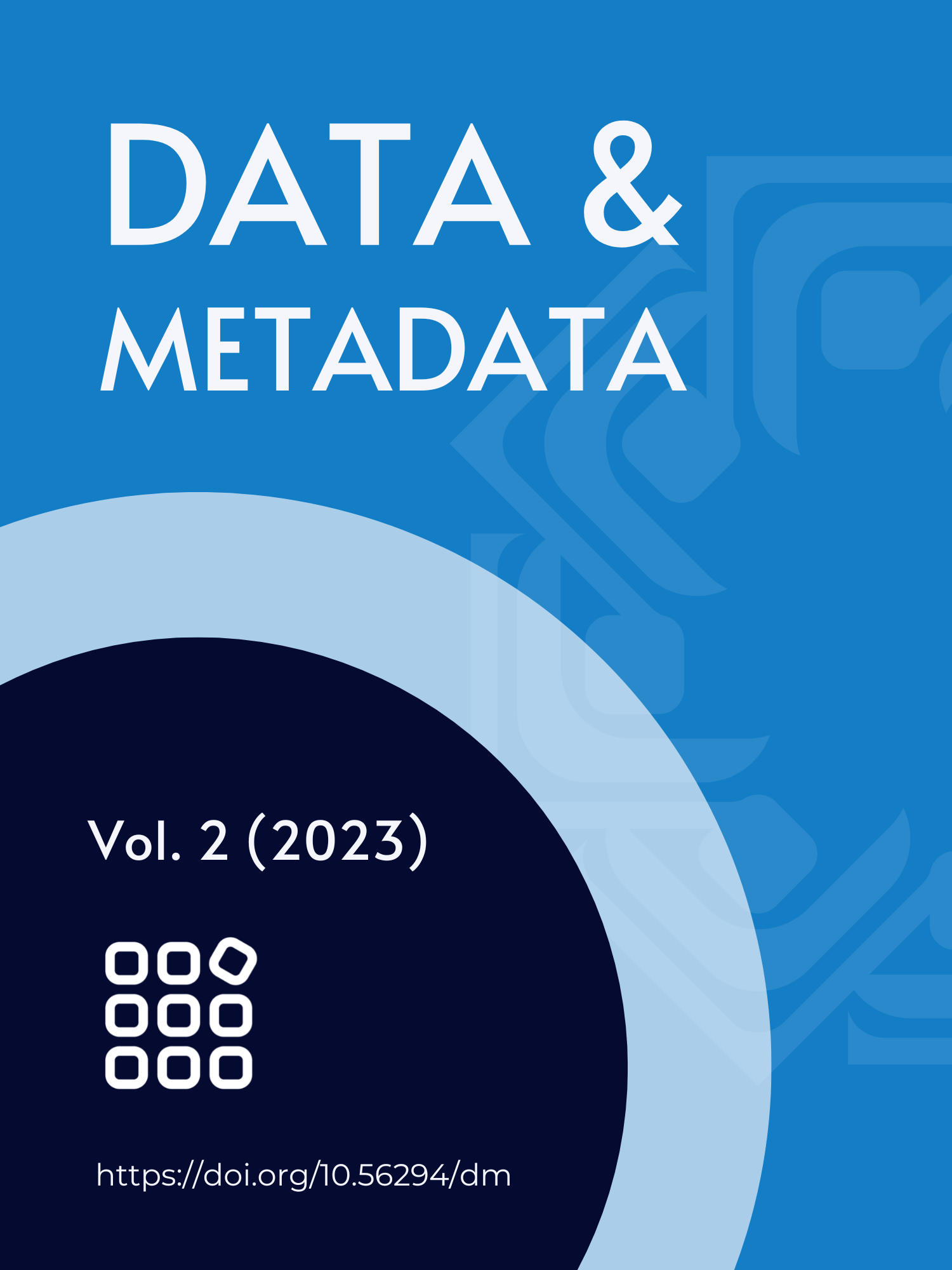Revistas / Journals
Home
Indexing
Salud, Ciencia y Tecnología
Metaverse Basic and Applied Research
Data & Metadata
Interdisciplinary Rehabilitation
Salud, Ciencia y Tecnología - Serie de Conferencias
Community and Interculturality in Dialogue
Seminars in Medical Writing and Education
Health Leadership and Quality of Life
Gamification and Augmented Reality
Southern perspective / Perspectiva austral

